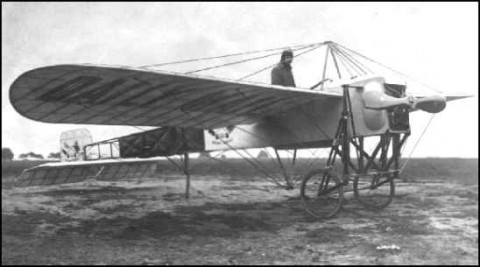The War Room reports the short list of names for the F-35 Joint Strike Fighter:
- Black Mamba
- Cyclone
- Lightning II
- Piasa
- Reaper
- Spitfire II
As noted at the War Room, most of these names are really, really bad, and sound like something a 12 year old boy would come up with.1 Of interest here is the homage to great fighter planes of yore — the Spitfire and the P-38 Lightning. (At least, I assume that Lightning II refers to that and not the English Electric Lightning, itself one of the great post-war fighters.) Presumably, Spitfire II is on the list because of the British participation in the project (though their US$2 billion is just a drop in the bucket, when compared with the projected total cost of US$244 billion). Cyclone sounds like it would have fitted in well alongside the Hurricane, Tempest, Typhoon and Whirlwind, too. Other than those choices, these are some pretty silly names. Piasa is more likely to evoke feelings of slight puzzlement than dread.
Still, fair’s fair: the British have made some aircraft with pretty silly names too. Such as the Fawn. The Flycatcher. The Tabloid. The Iris. It’s lucky the next war didn’t start in 1931, when the Blackburn Iris (a seaplane) entered service; imagine how dreadfully embarassed the aircrew would have been to have been seen by the enemy flying around in something named after a flower.
Of course, the name of a combat aircraft is irrelevant to its actual performance. I guess the only real purpose is for propaganda, particularly on the home front. In that light, it’s interesting that the names given to British fighters2 become more aggressive-sounding over time — think of the difference between the Siskin III (a ‘small songbird’, according to the OED) of the mid-1920s and the Spitfire of the late 1930s. If you are staring total air war in the face, you might as well put yourself in the mood …
![]() This work is licensed under a Creative Commons Attribution-NonCommercial-NoDerivatives 4.0 International License.
Permissions beyond the scope of this license may be available at http://airminded.org/copyright/.
This work is licensed under a Creative Commons Attribution-NonCommercial-NoDerivatives 4.0 International License.
Permissions beyond the scope of this license may be available at http://airminded.org/copyright/.
- Of course, the only people, other than 12 year old boys, who will care what the JSF is called are 12 year old boys at heart anyway :) [↩]
- Bombers generally were generally named after places — Overstrand, Bombay, Wellington, Manchester. [↩]




These names aren’t half as silly as the Fairey Battle. I had never heard of this until last year when I was teaching this old boy use a computer and he produced this memoir his daughter had posted for him on the BBC site here. I’m sure you’ve seen similar things before, but I thought it was quite interesting.
Oh, I don’t know if it’s all that silly … I suspect Battle is a place name like so many other British bombers — ie, Battle in East Sussex (1066 and all that). It’s hard to get confirmation one way or the other though. It does sound a bit sillier when you put together with the manufacturer’s name, Fairey — who did have a penchant for the quirkier names, it seems. For example, the Fawn and the Flycatcher I mention in the post were both Fairey products. Though sometimes the Air Ministry overruled the company and picked a different name, so it’s hard to know who to blame.
On the other hand, if the name wasn’t bad, the plane certainly was! As the memoir you link to (thanks!) shows — they were shot down in droves in May 1940, though very bravely flown, to be sure.
Oh I hadn’t realised that Fairey was the manufacturer, I thought it was rather badly spelled non-macho name for the plane! Shows how much I know about aircraft.
I don’t think that you have trackbacks, so being a polite soul, I should mention that I replied to this at http://endie.net/cs/blogs/endie/archive/2006/06/12/when_ship_naming_goes_bad.aspx
Thanks, I do definitely have trackbacks and pingbacks, it’s a bit mysterious why it didn’t work …